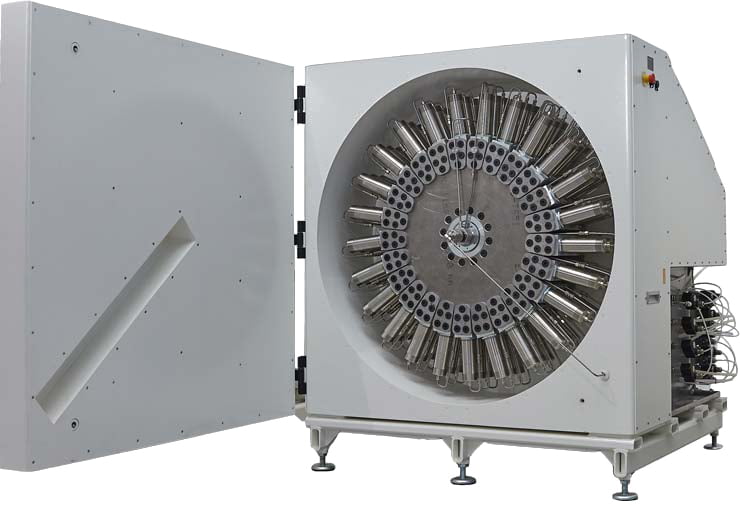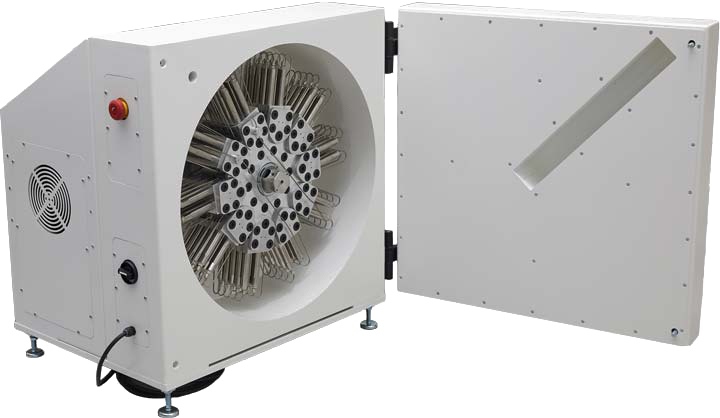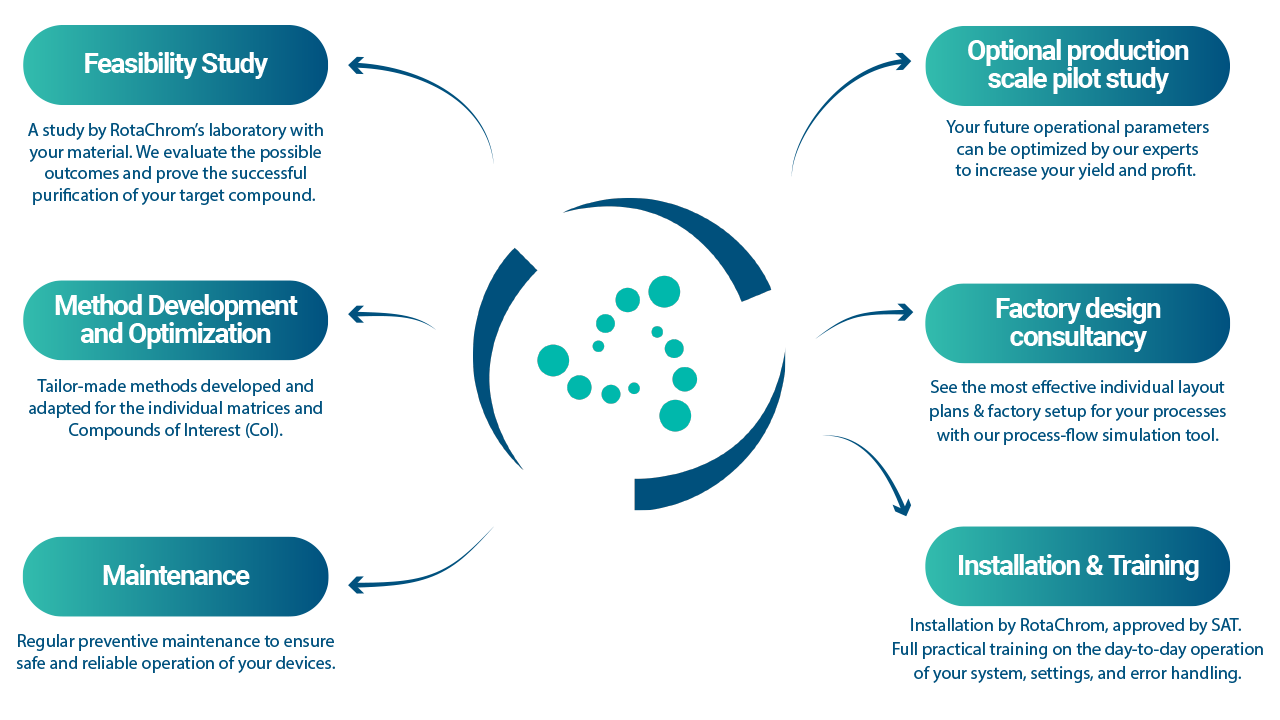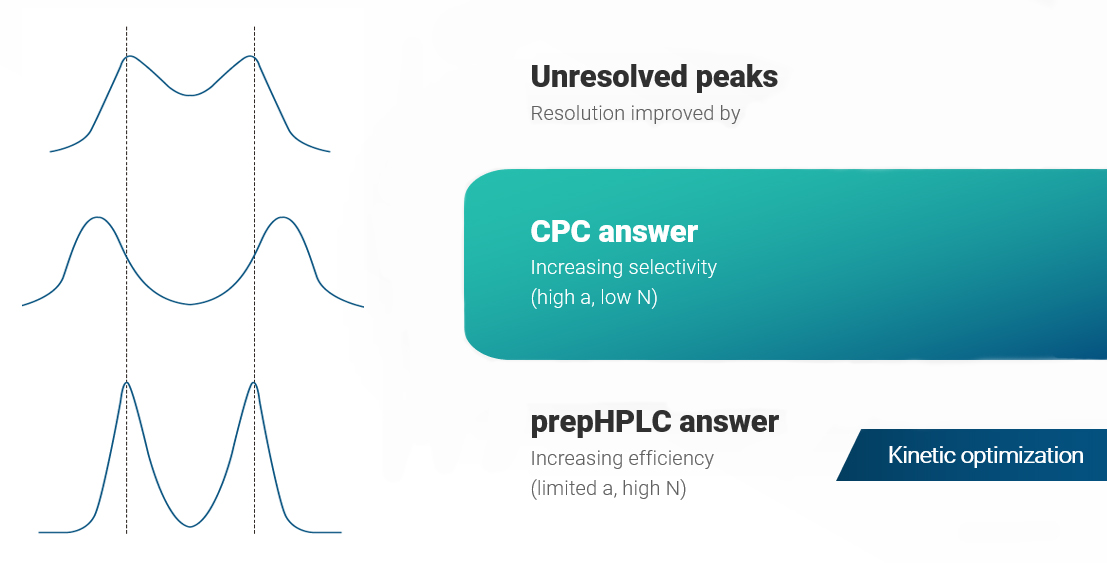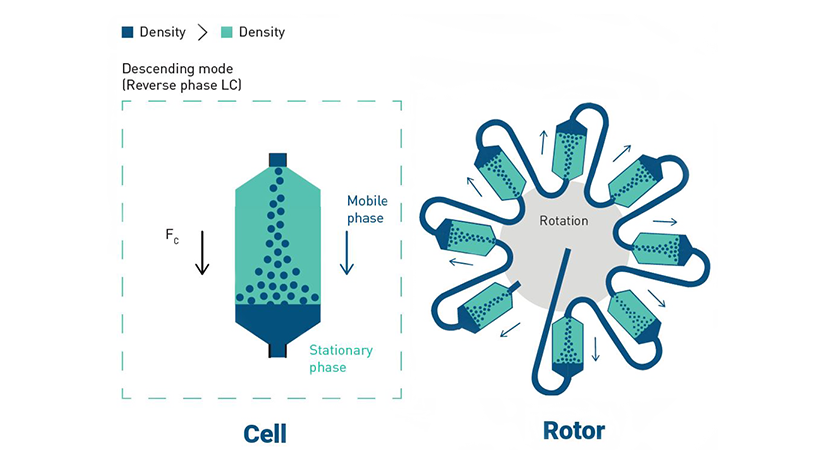Chemspec 2025 – A Recap
Conferences, Exhibitions, NewsLiquid-Liquid-Based Centrifugal Partition Chromatography: A Cost-Effective Solution
Liquid-liquid-based centrifugal partition chromatography (CPC) is designed to eliminate the challenges associated with complex matrices and the technical issues of solid stationary phases, and it provides easy scalability of purification while keeping the operational cost low.
RotaChrom has developed a revolutionary preparative purification method called Industrial-scale Centrifugal Partition Chromatography (CPC). This novel system does not utilize any solid stationary phase (such as silica gel) to achieve precision molecular separation and is demonstrably superior to conventional liquid chromatographic techniques in terms of yield and purity. In addition, the CPC platform has radically reduced the costs and number of steps associated with downstream method development for a diverse array of purification challenges.
Limitations of Solid-Liquid Chromatographic Methods
Solid-liquid chromatographic methods used for purification, separation, and extraction processes are effective and widely used throughout the chemical manufacturing industry. However, these methods are limited in available solvents and stationary phases, incur high costs attributed to spent materials and quickly fall off in performance when scaling to industrial volumes. While other liquid-liquid techniques like countercurrent distribution (CCD) are quick and effective for small lab or pilot-scale applications, they exponentially increase production times and cost when scaling to larger volumes.
Innovations in CPC Technology for Industrial Applications
Innovations in Centrifugal Partition Chromatographic technologies have brought this previously overlooked method into the public eye as a viable alternative or supplement to legacy preparative chemistry techniques. We offer a wide range of solutions to meet your business needs and help you boost your performance with our one-of-a-kind CPC technology at the heart of our CPC Modeler (benchtop size device for R&D phase), rCPC (for pilot-scale production), Continuous CPC (for continuous manufacturing), and iCPC and pCPC platforms (for industrial-scale production).
